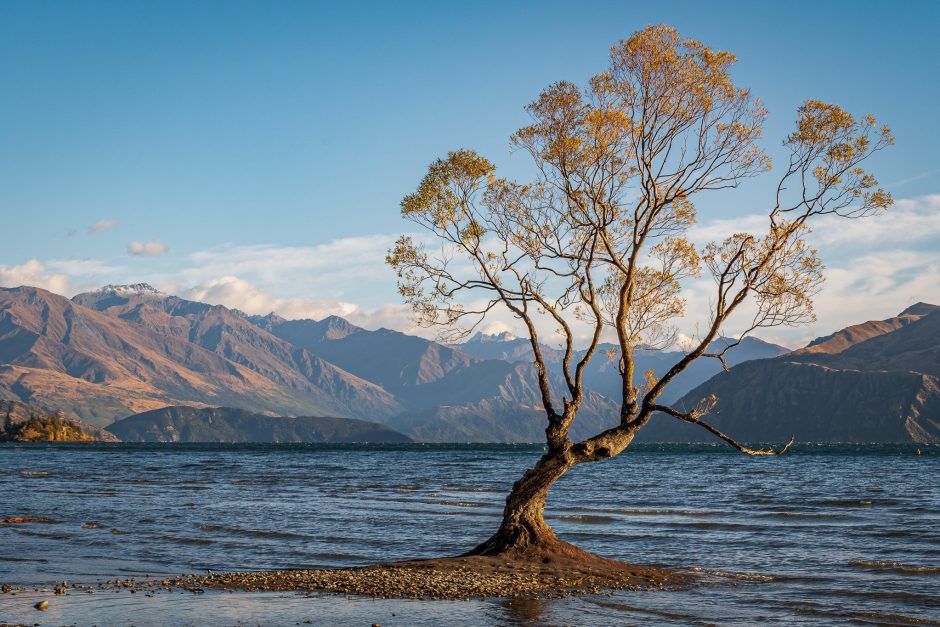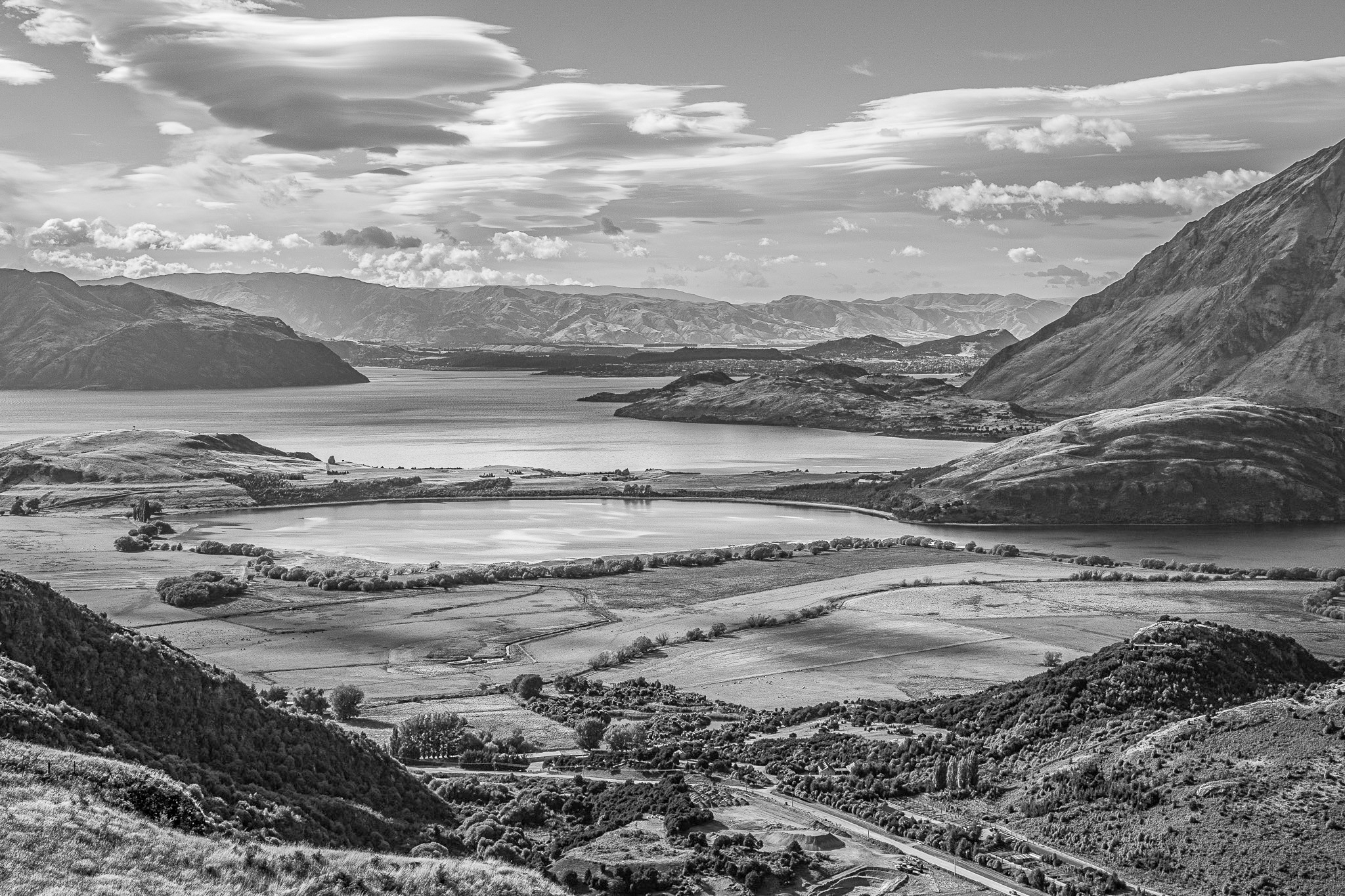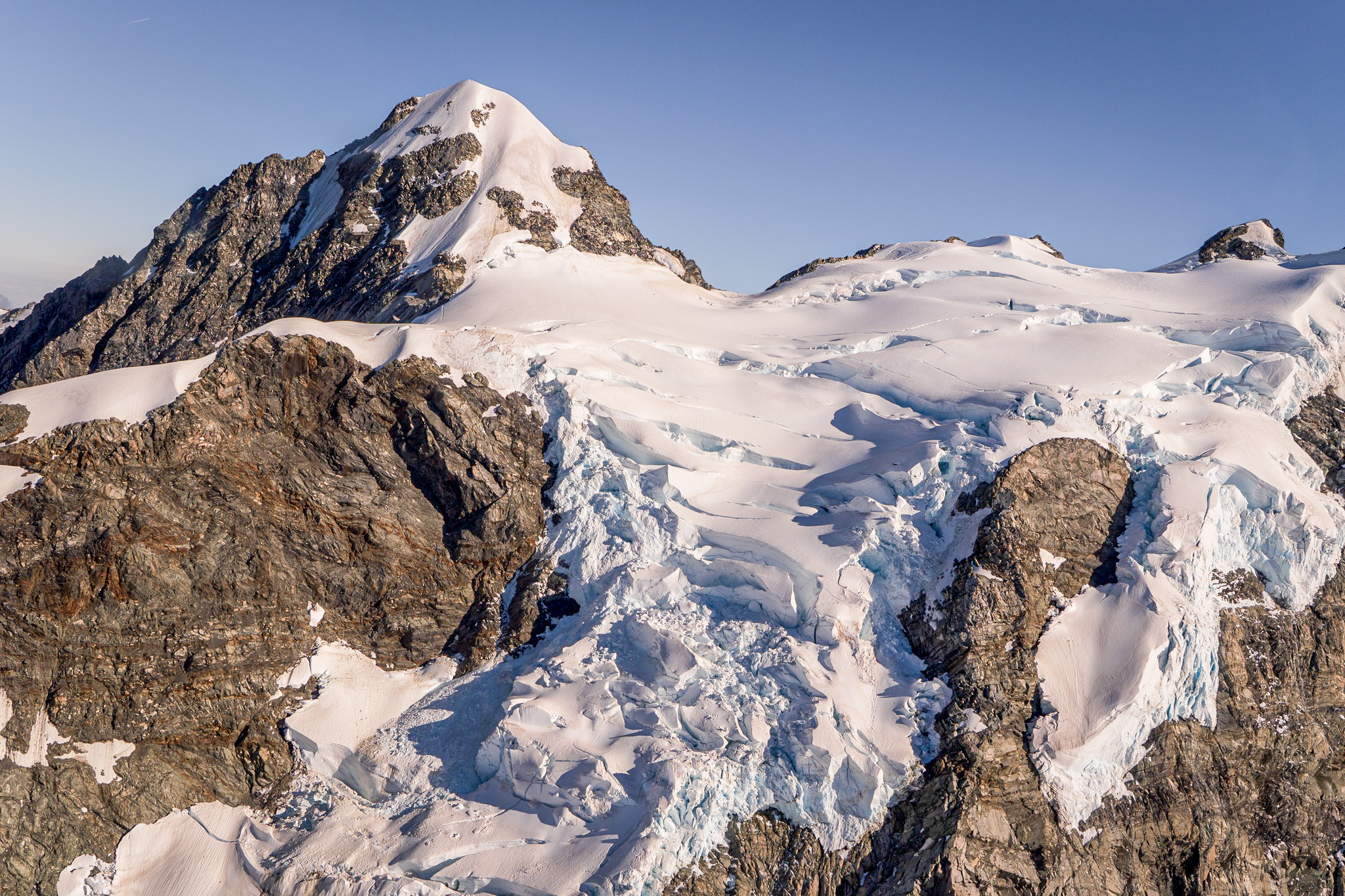
What’s in My Camera Bag? New Zealand
Header photo courtesy of Nat Hab Guest William Mitchell
New Zealand’s is a legendary destination for photographers, renowned for its dramatic and diverse landscapes. From the rugged coastal cliffs and windswept rainforests to the towering, snow-capped peaks, the country offers a stunning variety of natural scenes to capture. Fiordland National Park, with its rockbound shoreline, hidden lakes, and cascading waterfalls, is a particular highlight, showcasing the island’s untamed beauty. Milford Sound, a glacier-carved fjord with sheer cliffs rising dramatically from the sea, offers some of the most iconic views, where ribbons of waterfalls plunge into turquoise waters. Every corner of the South Island is an opportunity to capture nature at its most spectacular. Read on to get the latest on camera gear recommendations for this truly ultimate landscape photography adventure.
It is important to note, photographic styles vary, as do conditions on the ground. While this is meant to be a guide for choosing your camera gear, you should consider your own photographic interests first and foremost.
Full-Frame or Crop-Sensor?
Before reviewing lens recommendations, it’s important to know what kind of sensor your camera has; full-frame or a crop-sensor (e.g., APS-C). As you might have guessed, full-frame & crop-sensor cameras differ primarily in the size of their image sensors. Full-frame cameras have a sensor the same size as a 35mm film frame (36x24mm), offering a wider field of view, better low-light performance, and often superior image quality due to larger pixels. Crop-sensor cameras, with smaller sensors, have a narrower field of view, effectively cropping the image and magnifying the subject, which can be beneficial for telephoto photography. Crop-sensor cameras are typically more affordable, lighter, and can still deliver excellent image quality for many photography needs. The recommended lenses for crop-sensor camera will differ from full-frames as you’ll want wider lenses to account for the magnification built into your camera. I’ve done my best to provide lens recommendations below for both sensor sizes.

Photo courtesy of Nat Hab Guest William Mitchell
Wide Angle Zoom
From seaside rain forests and sapphire lakes to ice-crowned peaks, and expansive fjords, New Zealand is one of the meccas of landscape photography. To properly capture these topographic extremes, the most important lens in your kit will be a wide-angle zoom lens. It provides a wide view of the stunning landscape with options to zoom in a little closer depending on what you want to include in your image. This will be your main lens and likely the lens you’ll keep on your camera throughout most of your trip. Some good wide-angle zoom options are:
- 16-35mm (10-24mm APS-C)
- 24-70mm (18-55mm APS-C)
- 24-105mm (Full Frame)
Telephoto Zoom
You would think that for a place so famous for landscapes, you wouldn’t need to bring a larger zoom lens, however, with opportunities for high mountain peaks, cascading waterfalls, and an interesting cast of local endemic wildlife, there is ample reason to pack something with a bit more magnification power. With a telephoto zoom, you can isolate interesting aspects of the landscape that would otherwise be lost in the expansive vista of a wider-angle photo. I like to use these lenses to photograph interesting geologic features of the ragged peaks above. You can also zoom in on pioneering plant life, like those iconic images of lone trees growing at the edges of sheer cliffs.

Photo courtesy of Nat Hab Guest Lynne Bergbreiter
While places like the Amazon and Serengeti are more known for their wildlife, New Zealand still boasts some interesting wildlife that is worth photographing. In fact, many of its birds and other wildlife are endemic (found nowhere else in the world) to the North or South Island. Use a telephoto zoom for birds with interesting names like the tui, fantail, bellbird, takahe, weka, kaka, and of course the iconic nocturnal kiwi. Some good telephoto zoom lens options include:
- 70-200mm (50-150mm APS-C)
- 100-400mm (full frame) – this lens will be your best choice if you are hoping to isolate parts of the landscape as well as capture wildlife like the endangered yellow-eyed penguin and New Zealand sea lion.

Photo courtesy of Nat Hab Guest Lynne Bergbreiter
X-Factor Lens
Ok, now that you know to bring a wide-angle zoom and a telephoto zoom, what else should you bring? Well, if you have the room, let’s talk about an x-factor lens like a prime. A prime lens has a fixed focal length, meaning it cannot zoom in or out. Its key benefit over a zoom lens is its much better image quality, as they typically have fewer moving parts and simpler optics, resulting in sharper, clearer images. They also tend to have larger maximum apertures, allowing for better low-light performance and the ability to create a shallower depth of field for beautiful background blur (bokeh). Additionally, prime lenses are often lighter, more compact, and faster, making them ideal for photographers who prioritize image quality and portability. My x-factor prime lens recommendation would be the 24mm (16mm APS-C).
With plentiful landscape opportunities, a wide-angle prime lens like the 24mm affords you the ability to get the best quality images you can from each new scenic vista. Plus, you have the added bonus of a lens that can handle low light conditions very well which can happen on the often cloudy days of New Zealand and if you’re lucky you can easily capture the Aurora Australis in the Southern night sky.
Accessories and Other Gear
Polarizing Filter
Using a polarizing filter is very useful for capturing landscapes in New Zealand as it reduces reflections in the water and enhances the rich colors of the sky. It also helps bring out greater contrast and depth in your images, making them more vibrant and dynamic. You’ll benefit from keeping a polarizing filter on your wide-angle lens most of the time for consistently better landscape images while traveling. Take care to adjust the filter as you take photos to see how the landscape changes.
Tripod
For low-light photography, such as capturing sunrise and sunset shots in New Zealand, having a sturdy tripod is essential to avoid camera shake during longer exposures and help you capture sharp images. Additionally, using a tripod makes it easier to photograph sweeping panoramas, and if you’re lucky, you might even capture the Aurora Australis on a clear night. Since you’ll likely be hiking, kayaking, and exploring the outdoors, I recommend bringing a lightweight, compact tripod to avoid carrying extra weight.
Camera Rain Gear
There’s a good chance you’ll be out on the water, whether on a Milford Sound boat cruise or kayaking on Lake Wanaka, so it’s important to protect your camera gear. While a weatherproof backpack cover offers some protection, it’s not fully waterproof, which is why I always bring a dry bag for extra security in wet conditions. Additionally, since rain is likely at some point during your trip, having a rain cover for your camera is essential for protection when shooting in wet weather. These covers come in both disposable and reusable varieties, offering options to suit different budgets.
Extra Batteries
Many travel photographers are unaware that batteries drain faster in cold temperatures, which can significantly reduce their lifespan compared to warmer conditions. A battery that lasts a full day in warm weather may only last a few hours in the cold, so it’s essential to carry extra batteries when visiting New Zealand’s higher elevations or colder months. Where backup batteries are a must to avoid running out of power, I typically bring 2-3 spare batteries.

Photo courtesy of Nat Hab Guest William Mitchell
In Conclusion
New Zealand offers photographers an unparalleled experience, with its stunning variety of landscapes ranging from rugged coastlines to towering peaks and pristine lakes. Capturing the essence of these natural wonders requires thoughtful preparation and the right gear. A versatile camera setup with wide-angle and telephoto lenses, along with essential accessories like a polarizing filter, lightweight tripod, and protective gear for unpredictable weather, will ensure you’re ready to capture everything from sunrise vistas to the vibrant southern night sky. By planning ahead and packing wisely, you’ll be well-equipped to photograph the breathtaking beauty of New Zealand.
Happy Photographing,

Leave a reply